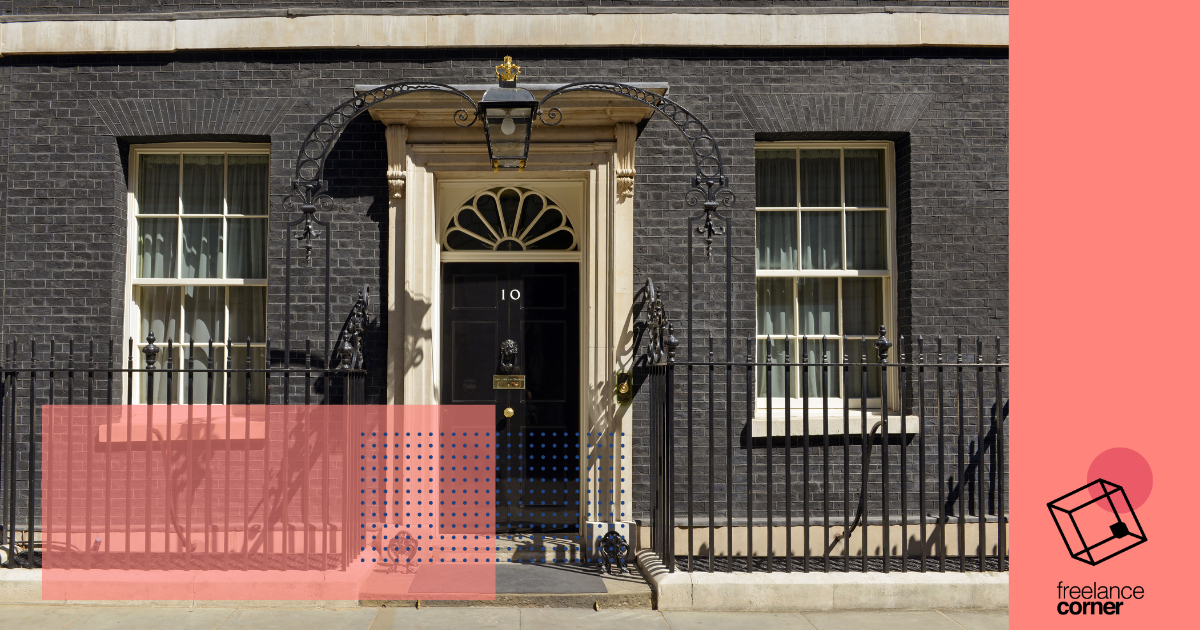If you’ve gone online at all over the last few months, there’s a good chance you’ve played Wordle. Or at least heard about the puzzle game, which is now being enjoyed by millions of people. And not only has it become enormously popular and inspired endless marketing memes, but it’s also been acquired by the New York Times for a seven-figure amount. But what’s behind a Wordle, and are there 6 lessons that could help or inspire freelancers?
You can argue that playing the game will help expand your vocabulary, or provide a nice break from work. But looking at the meteoric success of Wordle also provides some inspiration for client work and any side projects you might be thinking about.
1. You don’t need massive resources to achieve success
The creation of software developer Josh Wardle isn’t the first, or only, example of individuals creating something which has gone on to be enormously successful. From the Million Dollar Homepage to Minecraft, it’s never been easier for the work of one person to potentially reach millions. And there are enormous numbers of freelancers who are running profitable or worthwhile side projects alongside their client work, or as an eventual replacement at a slightly smaller scale. From designing print-on-demand products to running coffee shops, or selling everything from car mats to Christmas trees, the experience of freelancing can provide valuable experience to become a solo entrepreneur. Along with giving you the funding and time to work on personal projects.
2. There’s no need to reinvent the wheel
Whether you’re suggesting ideas for clients or trying to come up with a side hustle, many freelancers get caught up in attempting to create something entirely original, complicated or revolutionary. But some of the reasons for the success of Wordle, along with previously popular casual games, are that it’s free, quick and simple. Anyone can explain the concept in a few seconds, which is essential if you’re developing an elevator pitch, attempting to sell a client on something new or different, or looking to promote your own concept. Simple twists which make things quicker, easier or more fun can deliver huge results, whether that’s condensing complex industry news into a conside email digest, or getting global coverage of your window cleaning business just by dressing as superheroes when you’re working at a children’s hospital.
3. Concentrate on your skills and interests
If your idea for a client or a side project matches your own abilities and passions, then it’s going to be more likely to have worthwhile results. Josh Wardle created his game just for his puzzle-loving partner, so any additional success was a bonus, and utilised his skills as a software developer in making it. If you’re suggesting an experiment or new idea for a client, then it’s easier to get their agreement if you have the ability to deliver it, rather than needing massive investment in potentially expensive resources.
You might already have a hobby which works as a product or service you can sell, and that interest can help to keep you motivated if your side project doesn’t immediately take off. Or your passion and skills might be in the intricacies of how businesses work, in which case the product itself is less important. The key thing is that you’re not just diversifying for the sake of it. I’ve watched a number of successful business owners fall flat on their face after investing in businesses they had absolutely no desire to work on.
4. Don’t underestimate luck and timing
Even the best ideas need some good fortune to succeed. The original prototype of Wordle was developed back in 2013, but the current version was only shared publicly in October 2021. And it’s easy to see how a global pandemic and lockdowns made it perfect as a quick daily break for anyone working from home, and also a great way to reconnect with friends and family online if you hadn’t seen them for a while. And it also provided a welcome nostalgic boost for an earlier internet era, when casual games didn’t cause worries about in-app purchases, privacy concerns or viruses.
There are endless examples throughout history of great innovations which just appeared at the wrong moment, but went on to be widely adopted years or decades later. Or multiple individuals coming up with similar concepts and inventions, but only one being successful.
5. Be prepared to challenge your clients – in the right way
If you had the New York Times as a client, would you have suggest they invest millions of dollars in developing a game like Wordle? When was the last time you suggested to a client that they try something a little different?
Human beings naturally fall into routines, and it’s easy to fall into client briefs without ever challenging them, or raising a new idea. For example, when AMV created the Guiness Surfer advert, arguably the best ad ever made, they were told to avoid the fact it took almost two minutes for someone to pour a pint correctly. But instead, they chose to highlight it as a positive, and it’s still part of adverts for the drink more than two decades later.
One of the best things about being an external freelancer is that it gives you the opportunity to look at a business from the outside, ask questions, and suggest new ways of working. As long as you do it politely, and without expecting every idea will be welcomed with open arms, you could just reinvent a product, or an entire company.
6. Don’t get trapped by success. Or failure.
The unexpected success of Wordle became overwhelming, as Josh Wardle admitted in a Guardian interview; “It going viral doesn’t feel great to be honest. I feel a sense of responsibility for the players. I feel I really owe it to them to keep things running and make sure everything’s working correctly.” And he referenced the same challenge when he announced that the New York Times would be taking over the running of Wordle.
If you’re lucky enough to have a big success on your hands, you should always feel empowered to decide whether or not you want to stick with it. And the same is true if your idea or side-project doesn’t have the impact you hoped. Something can still be worthwhile if it’s providing education, enjoyment or a place to experiment, but it’s easy to get caught in a sunk cost fallacy. You end up feeling forced to keep putting time and money into something which isn’t working, just to try and justify what you’ve already invested. But cutting your losses, or admitting to a client that an experiment hasn’t quite paid off can be enormously freeing, especially when you can put that time and energy into the next idea.
Pretty much every freelancer thinks about starting a side project at some point to compliment or replace client work, or to split their income across multiple streams to remove some of the uncertainty of being self-employed. And by identifying the elements that contributed to the success of Wordle, or any other example, you can shortcut your own learning process and make it more likely you’ll succeeed.
And if you’re looking for more lessons and inspiration from other freelancers, why not check out our series of My Freelance Story interviews, or take a look at the conversations happening in the Creative Freelancers UK Facebook group.






